Parc Hyochang à Séoul (서울 효창공원)
12.5Km 2023-04-07
177-18, Hyochangwon-ro, Yongsan-gu, Seoul
+82-2-2199-8823
Hyochang parc couvre 122 245 mètres carrés enjambant Hyochang-dong et Cheongpa 2-dong. Il est un point de repère historique qui contenait plusieurs tombes royales, et était connu à l'époque comme Hyochangwon. Les cimetières qui ont été à l'origine situés dans le Hyochangwon appartenaient au prince héritier Munhyo (premier fils du roi Jeongjo, décédé seulement à l'âge de cinq ans), à la concubine royale du roi Jeongjo et la mère du prince héritier Munhyo et sa fille, la princesse Yeongon. Les tombes royales ont été déplacés à Seooreung tombes dans les derniers mois de la période coloniale japonaise. L'empire japonais a commencé le développement de Hyochangwon dans un parc en 1924, et le gouverneur général japonais a officiellement confié le site comme un parc en 1940.
Actuellement, plusieurs des plus grands dirigeants de la Corée sont enterrés dans le parc Hyochang. Les restes appartiennent pour la plupart à des militants indépendantistes y compris Yoon Bong-gil, Lee Bong-chang, et Baek Jeong-gi, dont les tombes sont regroupées sous l'appellation "Samuisa-myo" (tombes des trois martyrs). Une statue de Lee Bong-chang a été construite dans le cimetière. Parmi les autres martyrs patriotes qui sont enterrés dans le parc sont Kim Gu et quelques-unes des figures de proue du gouvernement provisoire comme Lee Dong-nyeong, Cha I-seok, Cho Seong et-hwan. Un temple ancestral nommé Uiyeolsa a été construit le long de la porte principale et détient les portraits des militants indépendantistes décédés.
Ononsa (온온사)
12.5Km 2023-07-13
58, Gwanaksan-gil, Gwacheon-si, Gyeonggi-do
Ononsa, qui a été l'auberge de Gwacheon (Gaeksa), a été construite dans la 27e année du règne du roi Injo de Joseon (1949), mais a obtenu le nom « Ononsa » par le roi Jeongjo. En effet, le 11 février 1790, Jeongjo a visité le tombeau de son père, prince Sado et il a passé la nuit à l'auberge de Gwacheon. Il dit : « Le paysage est beau et il est agréable d'y séjourner », le roi a ainsi conféré les panonceaux manuscrits en prénommant Gaeksa Seoheon « Ononsa » et Gaeksa Dongheon « Burimheon », l'ancien nom de Gwacheon.
Désigné comme patrimoine culturel matériel de la région de Gyeonggi-do le 2 juin 1980, Ononsa a été restauré le 2 décembre 1986.
Parc de la voie ferrée Hwarangdae (화랑대 철도공원)
12.5Km 2023-08-25
Seoul, Nowon-gu, Gongneung-dong
Le parc de la voie ferrée Hwarangdae désigne le parc de lumières situé autour de la gare Hwarangdae. Le lieu est notamment réputé pour ses paysages nocturnes avec quelques 10 parcours différents de visite pour découvrir des sculptures de lumières originales.
Inwoohouse [Korea Quality] / 인우하우스 [한국관광 품질인증]
12.5Km 2023-04-13
9, Gyedong 6-gil, Jongno-gu, Seoul
02-742-1115
Run by a couple hailing from Bukchon, Inwoo House is located in an alleyway in Gye-dong, Jongno-gu, which is part of Bukchon that is well-known for old hanok houses. Inwoo House, meaning 'the house of Inwoo,' is inhabited by the owner couple and eight-year-old son Inwoo and his younger brother Yeonwoo. The couple, who have always lived in Bukchon, moved to Inwoo House in 2010; their parents run another guesthouse -- Yeonwoo House -- in Gahoe-dong, which isn’t far from Inwoo House. These two hanok guesthouses seek to provide guests with an opportunity to experience the true aspect of traditional Korean house amid the natural environment. Inwoo House, which has the typical style of hanok in the area, features a cozy yard, a toenmaru (narrow wooden porch running along the outside of the building), and several charming decorative items. It has three rooms – Tokki-bang and Haejanggeum-bang situated in Sarangchae (a detached building) and Nori-bang, which is a communal space. Due to its quiet location, guests can enjoy relaxation with a serene atmosphere in their rooms, which are decorated with calligraphic works and furniture inlaid with mother-of-pearl in a simple way. Each room is equipped with a bathroom. The guesthouse offers breakfast such as toast or tteokguk (rice cake soup). Inwoo House is an ideal place to stay for guests with children as the owner couple have children with whom children can play in the alley, yard, or toenmaru with an interesting hanok environment. The guesthouse also provides various traditional activities including traditional Korean clothes experience, traditional Hanji (Korean paper) craft experience, traditional knot bracelet making, and fan decorating, which are popular among foreign tourists and children. It is adjacent to restaurants, coffee shops, convenience store, and other tourist attractions including Gyeongbokgung Palace, Changdeokgung Palace, Insa-dong, and Samcheong-dong.
Musée d’art de Bukchon (북촌미술관)
12.5Km 2019-03-26
Bukchon 7-gil 4, Jongno-gu, Séoul (Gahoe-dong)
+82-2-741-2296~7
Inauguré en janvier 2005, le musée d’art de Bukchon couvre un large spectre artistique, allant de l’antiquité jusqu’à l’art moderne. Il a été conçu comme espace d’observation, d’analyse et d’exposition de l’art, et sert également d’espace de repos culturel.
Le musée organise de nombreuses expositions temporaires, qui présentent par exemple l’art antique de Corée et de Chine, l’art moderne, et mettent en valeur des peintres coréens et internationaux actifs dans les échanges culturels en Extrême-Orient . Le musée se pose ainsi en institution polyvalente : marché d’art pour intéresser le grand public aux beaux-arts, et centre d’archives artistiques et culturelles coréennes et internationales à l’intention des chercheurs en art.
Bukchonmaru hanok guesthouse [Korea Quality] / 북촌마루한옥게스트하우스 [한국관광 품질인증]
12.5Km 2020-09-10
152, Changdeokgung-gil, Jongno-gu, Seoul
+82-10-3253-8751
Bukchonmaru Hanok Guesthouse is located between “Bukchon Views 2 and 3” on a hill in Bukchon Village in Seoul. This two-storied hanbok building with a terrace, which is rarely found among other hanok structures in the area, offers a splendid view of Seoul. In particular, the summit of a hill next to the main gate of Choong Ang High School where the guesthouse is situated is known as the filming location for the famous Korean TV series Winter Sonata (2002). When you open the main gate and go up to the first floor, a small yard is seen with a group of jars on one side. After entering the sliding door through the yard, there is daecheong maru (main floored room) that features the doors opening in all directions and a high ceiling with rafters, making the space open and cozy. The hanok building consists of two floors – the ground floor is equipped with special furniture, a jar table and a log chair made by the owner, and on the first floor are guestrooms comprised of one large room and two small rooms. The neat and clean rooms are designed in a simple way and have lovely bedding with the pattern of five cardinal colors. Its staff members can speak English and Chinese to communicate with guests from other countries. Every morning, guests engage in animated conversation while enjoying a Korean home-style breakfast prepared by the owner in a friendly atmosphere. After having breakfast, if guests want, they can try on traditional Korean clothes (hanbok) and take photographs inside and around the guesthouse to create interesting memories. The guesthouse also provides a hanbok rental service (KRW 30,000 for a day) and tourists wearing traditional Korean clothes can enter both Changdeokgung Palace and Gyeongbokgung Palace, which can be reached on foot within 10 to 15 minutes, free of charge. Moreover, guests can enjoy an open view of the area including Gahoe-dong, Gye-dong and even the lights of the Namsan Seoul Tower at night from the roof top.
Théâtre Jeongdong (정동극장)
12.5Km 2021-01-15
43, Jeongdong-gil, Jung-gu, Seoul
+82-2-751-1500
Le théâtre Jeongdong que vous pouvez trouver sur le chemin du
Deoksugung Doldamgil est un lieu de culture ouvert dans notre quotidiens. Le
théâtre Jeongdong est un théâtre vénérable
qui a une idée de restitution du premier théâtre contemporain
specialise au Pansori, le Wongaksa, créé en 1908. Après
la création du théâtre Jeongdong en 1995, divers performences
artistiques ont été mises en scène pour les citoyens.
Avec
la mise en scène du spectacle musical traditionnel "Chunhyangyeonga"
en 2010 et la performence "MISO" qui a terminé avec succès,
le théâtre est devenu un endroit que nombreux coréens et
touristes étrangers cherchent.
*Ouvert le 17 juin 1995
Parc de l'histoire Seosomun (서소문역사공원)
12.5Km 2023-09-14
5, Chilpae-ro, Jung-gu, Seoul
+82-2-3396-5852
La zone de la porte Seosomun était auparavant un site de persécution durant le 19ème siècle qui a été transformé en parc. De nombreux catholique furent persécutés sur place faisant de ce site un site sacré pour les catholiques en Corée.
La porte Seosomun constitue un passage vers le marché Chilpae près de la porte Namdaemun.
Le 15 mai 1999 une tour commémorative fut inauguré au centre du parc pour commémorer les martyrs. En 2013, le district Jung-gu a également inauguré le Musée d'Histoire Seosumun.
Hosujip (호수집)
12.5Km 2021-03-30
443, Cheongpa-ro, Jung-gu, Seoul
+82-2-392-0695
It is a restaurant where people wait in line as a hidden restaurant for locals in Chungjeong-ro. The best menu at this restaurant is spicy braised chicken. This Korean dishes restaurant is located in Jung-gu, Seoul.
Gagyo (가교 전통공예)
12.5Km 2012-02-08
65, Yunposun-gil, Anguk-dong, Jongno-gu, Seoul-si
Ouverte en 2001, Gayo est la première boutique d’Insadong spécialisée dans le bojagi (tissu d’emballage traditionnel coréen). La boutique organise également divers séminaires et programmes d’activités quotidiens où les visiteurs peuvent fabriquer des bojagi. Grâce à ses programmes en japonais, la boutique est particulièrement populaire auprès des touristes de l’archipel. C’est l’endroit idéal pour permettre aux visiteurs internationaux de découvrir l’art des accessoires traditionnels coréens.
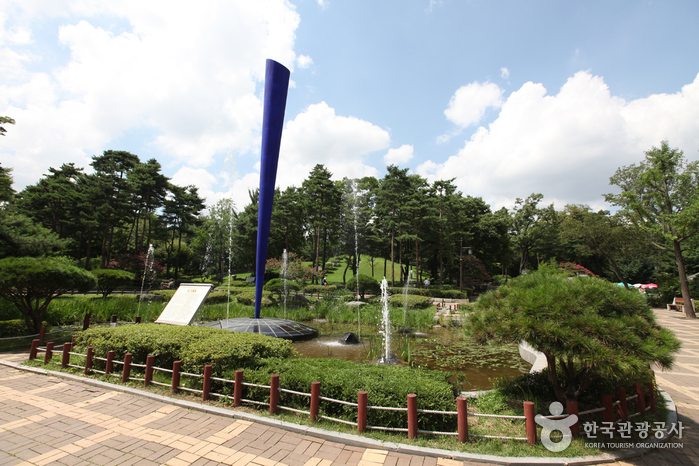
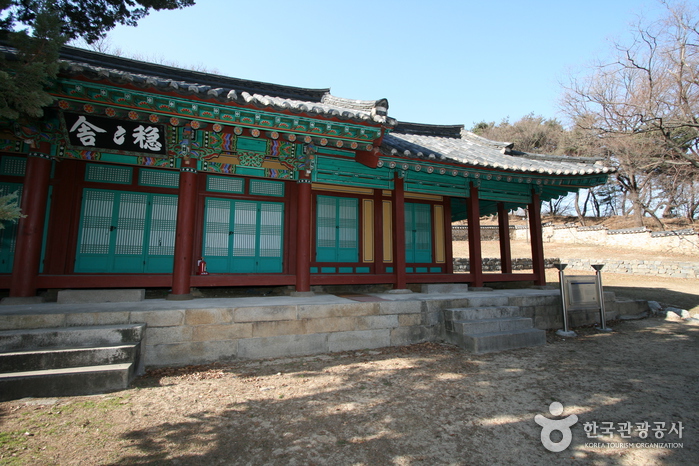

![Inwoohouse [Korea Quality] / 인우하우스 [한국관광 품질인증]](http://tong.visitkorea.or.kr/cms/resource/64/2633664_image2_1.jpg)
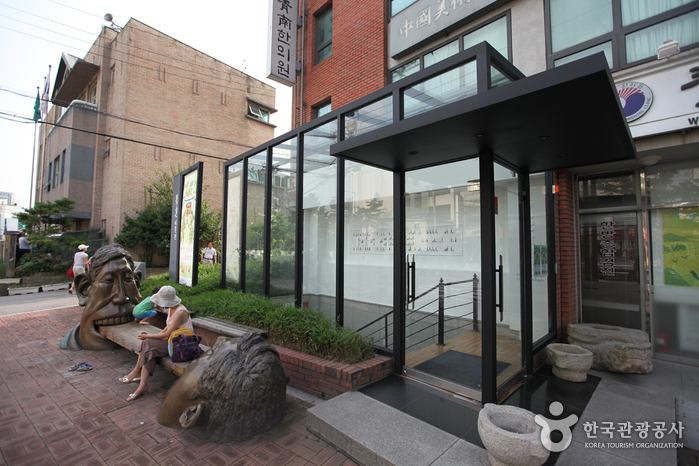
![Bukchonmaru hanok guesthouse [Korea Quality] / 북촌마루한옥게스트하우스 [한국관광 품질인증]](http://tong.visitkorea.or.kr/cms/resource/32/2574032_image2_1.jpg)
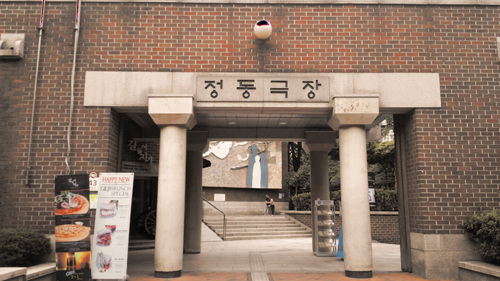
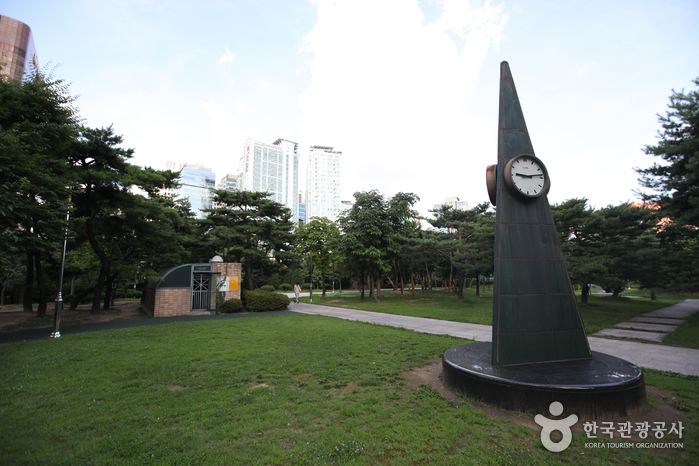
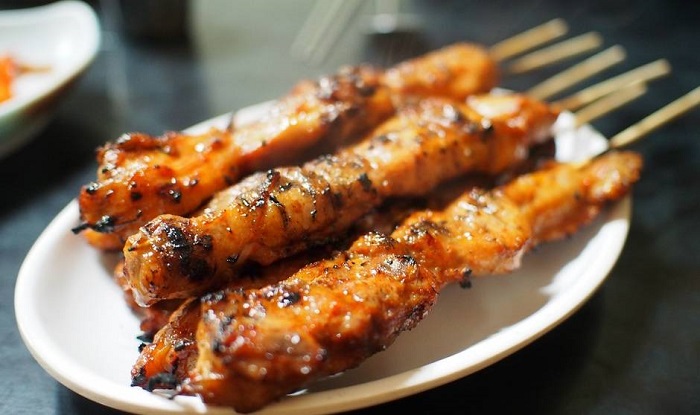
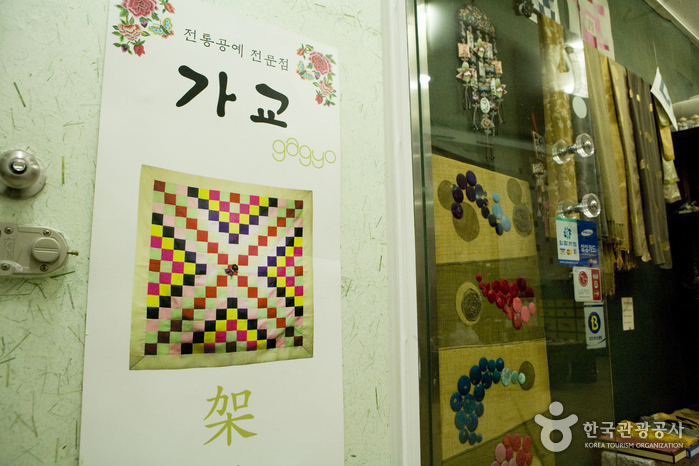
 Français
Français
 한국어
한국어 English
English 日本語
日本語 中文(简体)
中文(简体) Deutsch
Deutsch Español
Español Русский
Русский